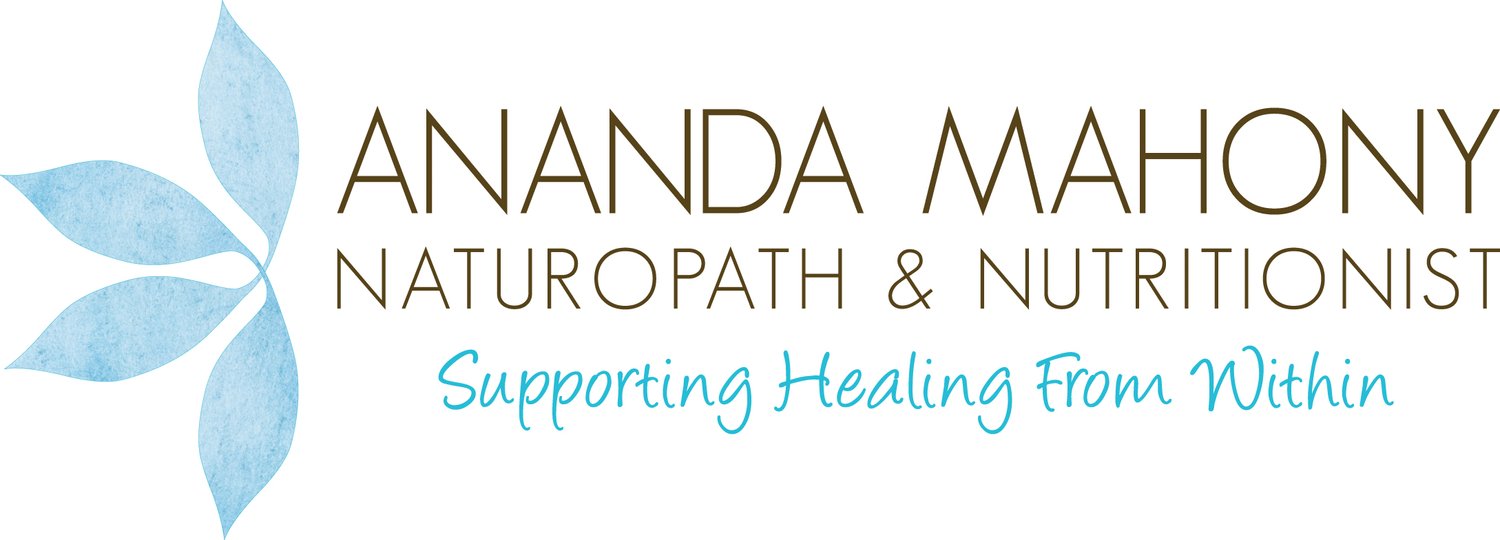Is modern life responsible for skin conditions?
The skin is a protective barrier between the outside world and our internal processes. Living on the skin is a whole world of microbes otherwise known as the skin microbiome. This bacterial world plays a key role in maintaining skin health and those that inhabit our skin surface have many beneficial roles, both topically and more internally. Significantly the impact of dysbiotic, out of balance bacteria on the skin isn’t just felt locally either. Skin dysbiosis has been associated with local and systemic immune dysregulation and allergic conditions such as eczema, food allergy, psoriasis, rosacea, acne and skin ageing.
Healthy skin microbes have many beneficial roles:
Inhibits pathogen overgrowth e.g. staph, strep or p. acnes.
Enhances immune activity
Maintains healthy skin cell development and integrity
Modulates local skin stress responses including cortisol production
Regulates inflammation
Supports the skins innate antioxidant system, which helps protect against the impact of environmental toxins and allergens.
Similarly to the gut, the microbiome of the skin is greatly influenced by the environment and behaviour. Recent research suggests that modern life practices can disrupt of the delicate microbiome balance, altering barrier function and immunity and driving the overgrowth of detrimental bacteria. The combination of such factors helps in turn to drive the development of skin disorders.
So what are the key factors that disrupt our normal skin microbiota?
In infants, early bathing and the use of soaps, detergents and body washes can disrupt normal skin microbe colonisation and predispose infants to skin disorders.
The use of anti-bacterial body care products including hand washes can reduce skin barrier protection potentially allowing toxins and pathogens to pass through the skin and into the body. Such products are commonly used in healthcare for necessary hygiene but also more recently they have been widely promoted in schools e.g. anti-microbial hand washes.
Overuse of antibiotics can change the balance of skin bacteria.
Reduced exposure to nature impacts on the skin microbiome. Both the soil and plant materials are a source of bacteria. Those living in urban environments have less exposure to and contact with nature. Those living in close contact with nature have less skin disorders. (N.B. the impact of nature on stress responses may also impact on this relationship).
Based on this review, what then can we do to support our skin microbiome?
Spend more time in nature or green spaces in urban environments e.g. visit a national park or reserve, build or create a garden, transform vacant lots in your local area or contact your local council about natural streetscapes or kerbside gardens.
Grow indoor plants. They help with air quality as well as ‘bringing the outside in’.
Reduce the use of anti-microbial body and hand washes. Use regular soap instead.
Clean effectively but avoid anti-microbial sprays or cleansers in the home.
Avoid excess or early bathing with soaps or detergents in young infants. In very young infants a wet flannel wash or bath once a week is often enough. No soap is needed.
Avoid anti-microbial nappy wipes.
Avoid over-washing as an adult. Use soap where necessary on the body (armpits, groin, feet as necessary) but don’t use it on body parts that just don’t need it.
Reference:
Prescott SL, Larcombe DL, Logan AC, et al. The skin microbiome: impact of modern environments on skin ecology, barrier integrity, and systemic immune programming. World Allergy Organ J . 2017;

